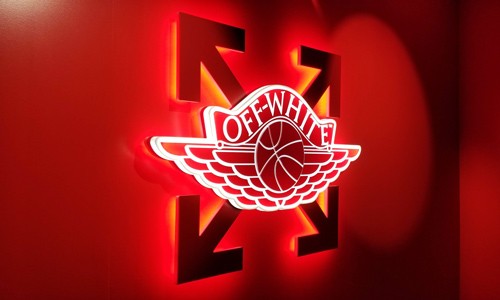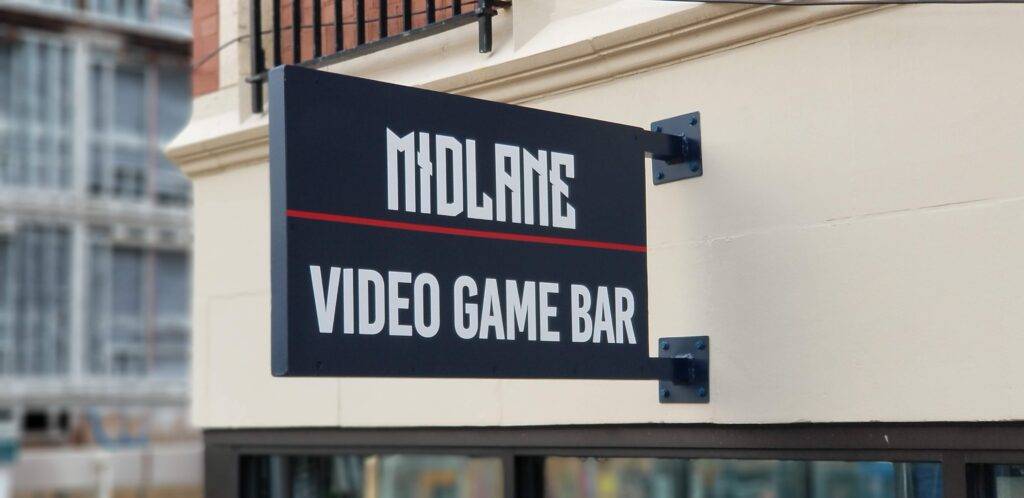Sign Illumination as a design component is frequently overlooked or over utilized, and can either enhance the effectiveness of the sign, or make it unreadable, and inefficient. I will provide some standard info that will help the reader comprehend the relationship in between the architectural lighting of a specific task and lighting for signing and graphics in general.
Sign illumination is typically a practical element; it is a useful requirement, which we mostly consider approved. However, designers and sign designers likewise utilize light as a versatile design aspect. Light from different sources can help define types and areas and enhance details for bathroom signs. Synthetic light when used with some imagination can create psychological state of minds. Particularly when used with colorful walls, that can produce enjoyment, remarkable emphasis, and emotional heat.

Important architectural projects are frequently floodlighted in the evening. A headquarters office building is part of the corporation’s public image, and correct exterior lighting enhances that image. In addition to the outside sign lighting. Existing task lighting used to illuminate finalizing components will work, if bathroom signs are correctly designed, and situated to benefit from it.
There are several standard lighting methods, which relate to the lighting of outside finalizing for architectural tasks. These are flood- or highlighting, ambient lighting, internal lighting, and external lighting. In some circumstances exterior signs or letters which are cast into the structure wall or set flush with it can be brightened by spill light from existing or additional floodlights. This is frequently an appropriate and subtle method to identify dignified office buildings.
Excellent care needs to be taken when floodlighting raised, three-dimensional letters of any thickness since shadows cast from the letters can interfere with legibility. Obviously, shadows cast by such letters is a common issue in finalizing, whether brought on by floodlighting or the sun. Nevertheless, the designer can often overcome these difficult conditions by choosing the right material or surface. For example, aluminum or bronze letters mounted on a dark granite building will be rather legible under differing light conditions, if a brilliant satin surface is utilized for bathroom signs. The designer needs to constantly remember the ecological lighting when designing each sign, adjusting the style, and lighting where possible to work together.
Significant identification signs for some jobs are frequently rather large and situated in such a method that floodlighting ought to not be used. A “trough” is created to be recessed beside pathways and covered with a protective glass diffuser. This style provides an inconspicuous source of even lighting, which extends the full length of the sign. Traditional spotlights would have developed hot spots, glare, and irregular lighting.

In the form of spill light from existing architectural lighting, ambient lighting may produce adequate illumination for numerous pedestrian-oriented bathroom signs. For instance, the address numbers or recognition signs at a building entryway can be lit up by spill light from overhead entryway lighting if colors and materials of these signs contrast well with their backgrounds.
The intensity of ambient light regularly is a crucial factor. In parking lots where existing light requirements might produce just a couple of foot-candles of lighting, parking entryway signs typically need internal lighting. Internal lighting of outside signs is extremely frequently required to make them legible during the night or to provide unique focus. We make all types of lighted signs, however, discover that most of the service’s will utilize lighted channel letter signs with internal lighting as their finest choice for reliable sign lighting.





